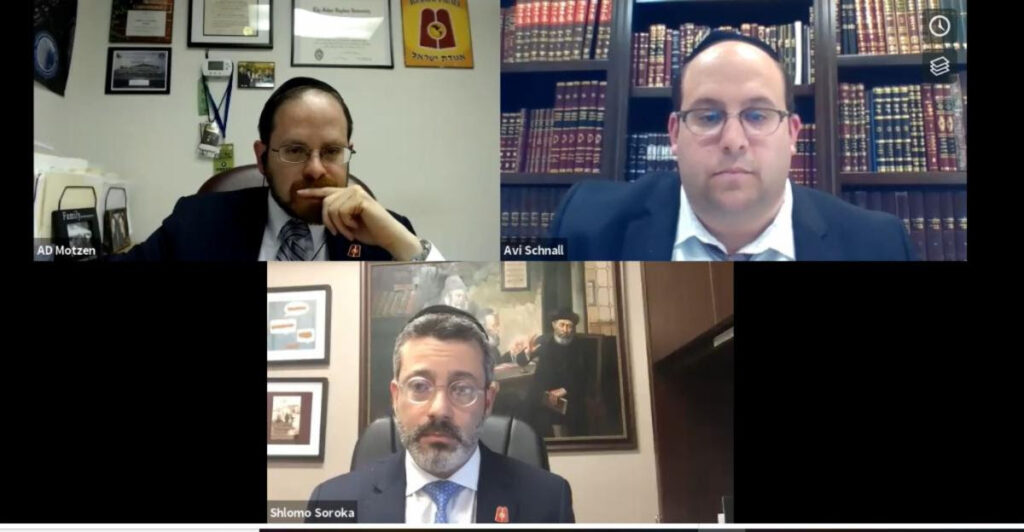“Crystal Clear. Productive. Informative. Helpful.”
Those were just some of the words used by school administrators and other participants to describe Agudath Israel of America’s recent webinar. Clarity in this case was critical, as the presentation focused on $13 billion of federal funding included in the Coronavirus Aid, Relief, and Economic Security (CARES) Act, which has confused public and private school officials alike. Rabbi Avi Schnall, director of Agudah’s New Jersey office was the main presenter and explained, along with practical suggestions, how nonpublic schools can maximize their share of the funding for their students and teachers. School administrators from more than a dozen states participated.
The Elementary and Secondary School Emergency Relief (ESSER) Fund, which was included in the CARES Act, was created by Congress to address the impact of COVID-19 on educational services across the nation. Thanks to the advocacy efforts of Agudath Israel’s Vice President for Government Affairs and Washington Director Rabbi Abba Cohen and others, the CARES Act included language that required states to give nonpublic school students and teachers an “equitable” share of the funding and services.
As explained on the webinar by Rabbi Shlomo Soroka, director of government affairs for Agudath Israel of Illinois, a dispute has arisen between the U.S. Department of Education and some state superintendents as to how the equitable share of funding is calculated. Guidance from the US Department of Education stated that both public and private schools were able to use their share of the funds for all students and teachers and funding should therefore be based upon the total population of participating nonpublic school students. If participating private school students make up 10% of the school age population in a district, the private school students and teachers should receive 10% of the available funding. Some states are objecting to that interpretation and are only agreeing to give funding based on the number of low-income students attending nonpublic schools while others are holding the difference in escrow. Agudah strongly supports the interpretation of the US Department of Education and Rabbi Soroka advised schools on how they should respond to local school districts that are refusing to comply with the federal guidance.
After explaining the differences between the CARES Act funding and other forms of federal funding, Rabbi Schnall offered practical suggestions on how nonpublic schools can maximize their funding allocation and addressed ways to receive funding for summer programs, technology, and instructional staff. Even veteran school administrators appreciated the invaluable advice.
The presentation was followed by a question and answer session which included the input of Agudah’s Yeshiva Services division and regional directors.











